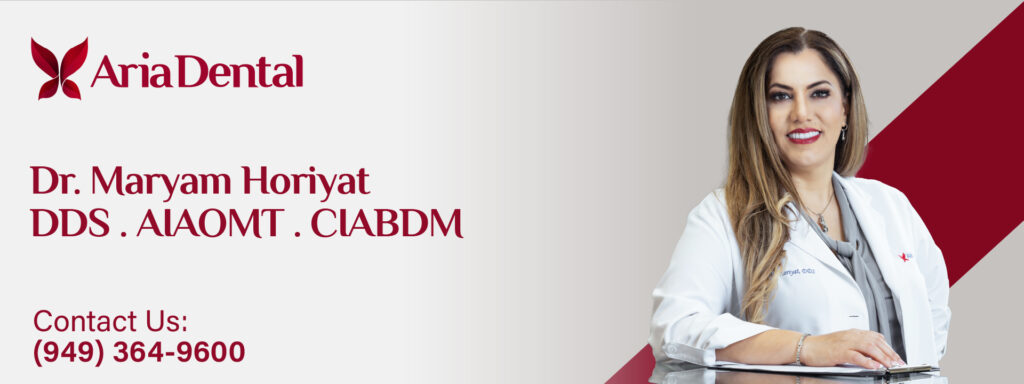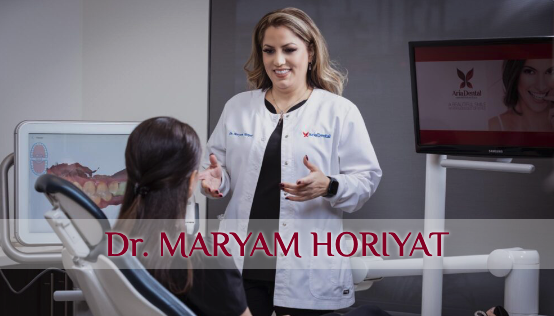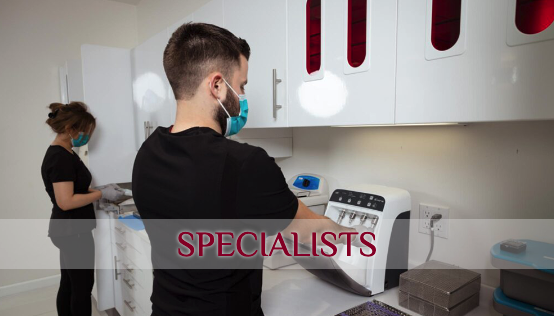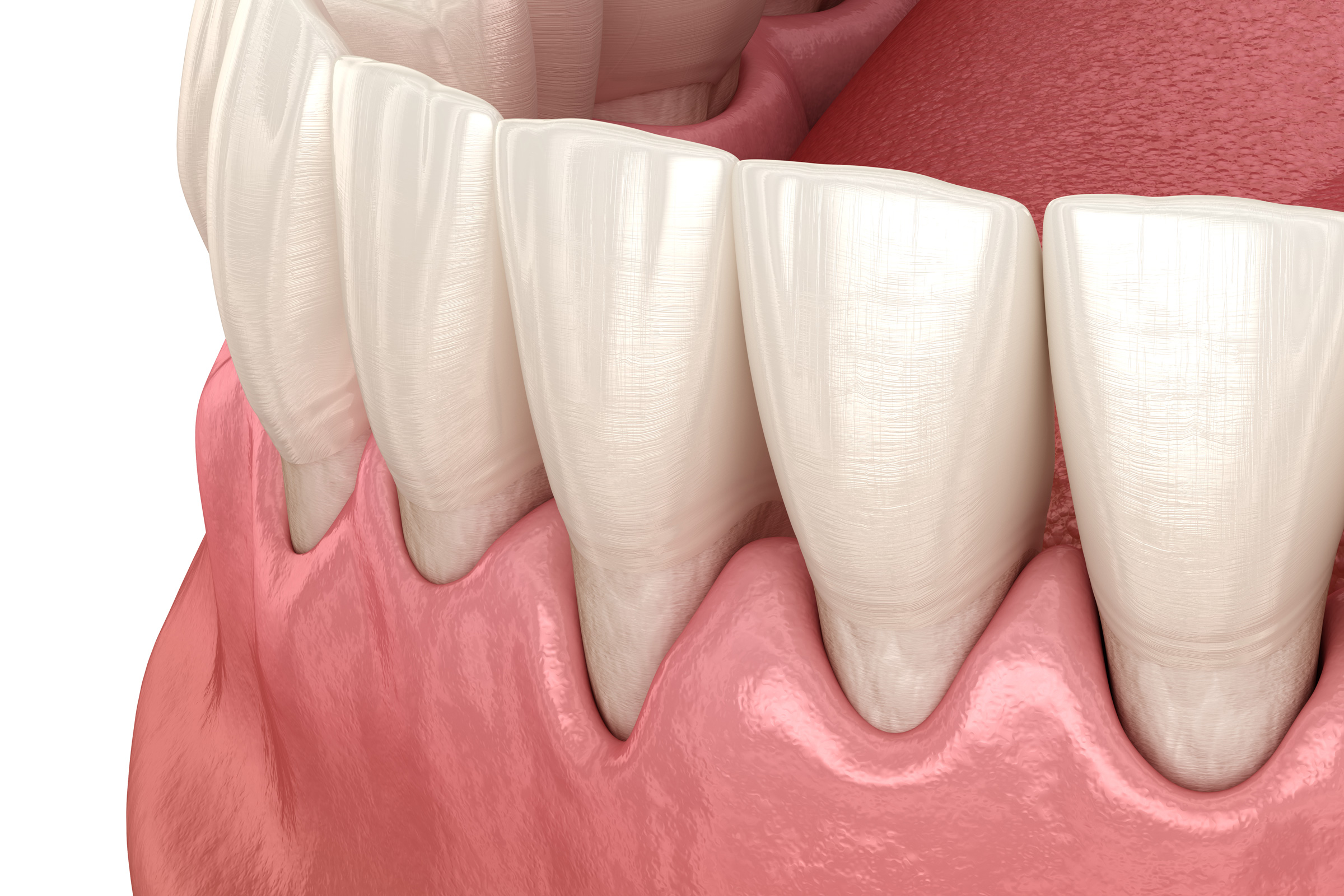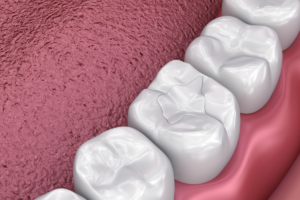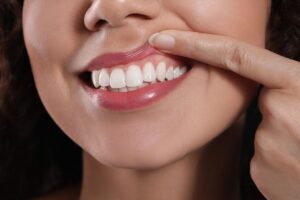Do you suspect that your gums are receding? If so, you can stop gum recession from getting worse with the help of Gum Recession surgery.
If you pay close attention to your teeth and gums, you will notice the changes early on, and you can seek the proper solutions. There are always signs pointing to potential oral problems, which is a big help. Thanks to the advanced dentistry techniques, there are various solutions for any oral disease, and gum recession is no exception.
Gum recession, also called Gingival Recession, is a dental condition in which your gums begin to pull back from the surface of your tooth. This can ultimately expose the root of the tooth, causing discomfort and sensitivity. If left untreated, gum recession can even lead to tooth loss.
What Causes Gum Recession?
Different factors can lead to receding gums. The primary ones are listed below:
- Periodontal treatments
Considerable tissue loss can develop as a result of periodontal treatment due to extensive periodontal diseases, which require a surgical tissue removal. Once a surgical procedure is done, the periodontal tissue tumefaction, temporarily caused by inflammation, will decrease, and so will the gingival volume. The inflammation will spread to the gingival covering of the cervical region of the teeth, and the solution is to address whatever is causing periodontal disease through conservative procedures.
- Inflammatory periodontal disease
A gingival increase resulting from the inflammatory expansions will be treated through periodontal restorative procedures. The factors causing the condition will be eliminated, and the gingival tissue volume will also decrease when the root is exposed to the oral environment.
- Chronic traumas due to inappropriate dental routine
Long-lasting traumas, often caused by excessive cleansing, can also cause receding gums over time. These traumas are best diagnosed by radiographs revealing the enlargement of the periodontal space and vertical bone loss.
- Occlusal trauma
Occlusal traumas may cause symptoms such as diffuse pain and a modest increase in tooth mobility. Augmentation of the periodontal space and thickening of the alveolar cortical plate will be radiographically noticeable in a few days. The radiographic discoveries emerge from the need for thicker periodontal fibers to incorporate the intense occlusal forces. Therefore, periodontal ligament thickness increases, and periodontal fibers require a proper attachment to fulfill such a need. Imaging studies will not reveal the changes.
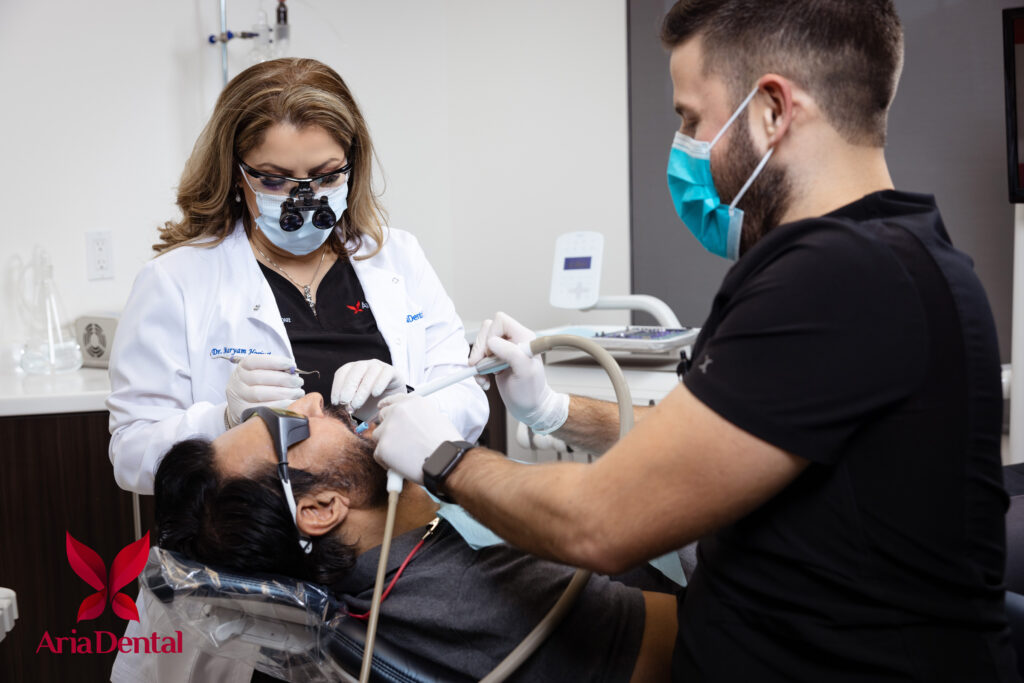
How to Diagnose Gum Recession?
Particular approaches specify whether periodontitis has developed and how hurtful it may be.
- Discussing your medical history
Your dentist can identify the contributing factors such as smoking, improper hygiene, or certain medications and help you prevent or diagnose your gum diseases.
- Examining your mouth
Looking for plaque and tartar buildups and checking for easy bleeding can help your dentist to diagnose gum recession.
- Measuring the pocket depth
The healthy pocket depth should be between 1 and 3 millimeters. It can be gauged by placing a dental probe beside your tooth beneath your gum line in several areas of your mouth. Pockets deeper than 4 mm might indicate periodontitis. Pockets deeper than 5 mm cannot be cleaned well.
- Taking dental X-rays
X-rays may be taken to detect possible bone loss in areas with deeper pocket depths. Your dentist will grade the periodontitis based on the severity of the disease, the complexity of treatment, your risk factors, and your health.
Symptoms of Receding Gums
Though gums may recede slowly over time, you have the opportunity to detect the condition at its early stage and slow down its progress by undergoing helpful treatments. Some symptoms help you predict or detect your gum recession, such as:
- Red and swollen gums
Swollen or red gums are predictive factors of receding gums. Once you see your gums with these conditions repetitively, you should see a dentist.
- Bleeding after brushing or flossing
If you notice your gums bleeding after you brush or floss your teeth, it can usually be a telltale sign of gingivitis, gum disease, or receding gums.
- Pain
Sometimes pain and sensitivity can be warning signs of gum issues and complications. The pain is often due to shrinking gums or exposed tooth roots, and should be closely examined by a dentist for a definitive diagnosis.
- Loose teeth
Loose teeth leading to potential tooth loss is another sign of gum recession, indicating a progressive condition.

How to Reverse Gum Recession
The gum recession treatment can be accomplished by a periodontist, a dentist, or a dental hygienist by thoroughly cleaning the pockets around your teeth to prevent damage to the surrounding bone. It would be best if you also adopted daily oral hygiene to manage conditions that may impact your dental health.
There are different methods you can benefit from to reverse your receding gums. Your lifestyle has a vital role in this matter, and there are home remedies that can have a positive effect on this condition. To reduce or prevent periodontitis, follow regular professional dental hygiene on schedule.
You are recommended to brush your teeth after every meal using a soft toothbrush or an electric toothbrush, which is more helpful in removing plaque and tartar. Flossing daily and using an oral rinse will also help reduce the plaque between your teeth.
Quitting habits like smoking or chewing tobacco also proves to be quite effective as a gum recession treatment when the problem is not severe.
Since choosing the proper approach to overcome gum recession depends on the severity of the condition, your dentist will offer you the best solution after a thorough examination.
Nonsurgical solutions
In the case of mild periodontitis, you do not face a progressive condition, and the gum recession treatment will involve minimally invasive procedures such as:
- Scaling
Scaling removes tartar and bacteria from the surface of your teeth and beneath your gums with the help of special instruments, lasers, or ultrasonic devices.
- Root planing
Root planing is a technique to smooth out the surface of your teeth and discourage any further tartar and bacteria formation. This technique combats bacterial elements that may prevent the ideal results by causing inflammation.
- Antibiotics
Antibiotics are an effective solution to control bacterial infection. Oral antibiotics may be required to destroy bacteria that cause infection. Topical antibiotics include oral rinses or specific gels that are inserted in the space between your teeth and gums or into pockets.
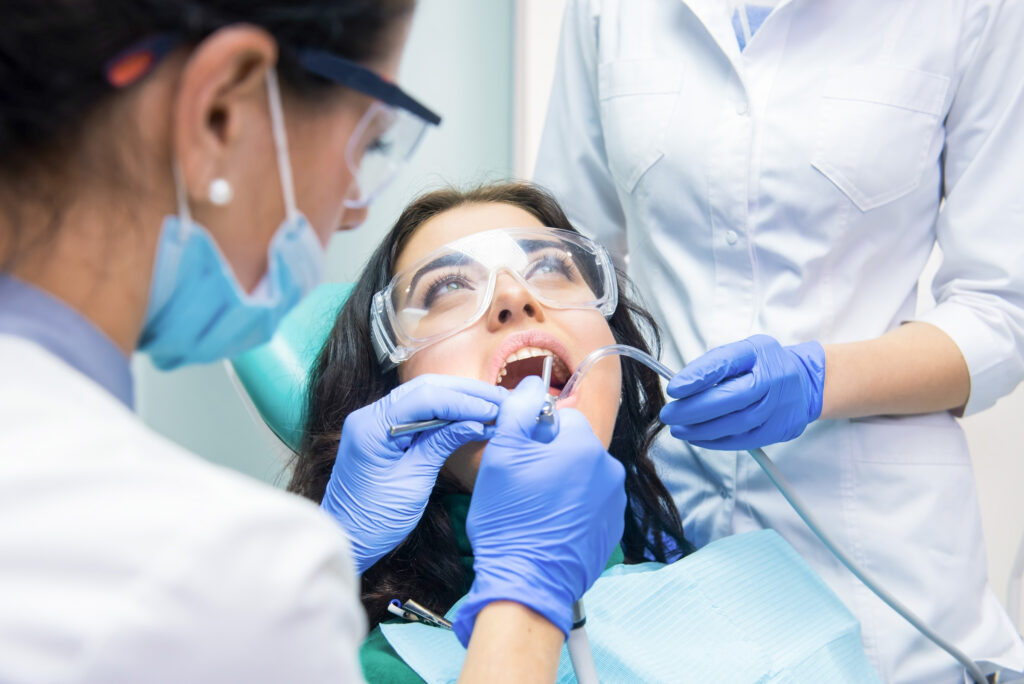
Surgical solutions
If you suffer from advanced periodontitis, you can undergo different therapies to give your teeth a refreshed appearance. Severe cases of gum recession will require surgery. The proper gum recession surgery may involve:
- Pocket reduction operation
In this approach, also known as flap surgery, your dentist makes little incisions in your gums to lift back a section of gum tissue, exposing the roots for more practical root planning. Periodontitis usually leads to bone loss, so the underlying bone may be recontoured before the gum tissue is stitched back into place. It is much easier to clean these areas later after you are well treated.
- Soft tissue grafting
Sometimes your gumline recedes as a result of losing gum tissues. In this case, you may need to reinforce the damaged soft tissue. This method usually helps the condition by removing a small portion of tissue from the roof of your mouth to attach to the target area. You can prevent further gum recession and protect the exposed roots with the help of this surgery.
- Bone grafting
If periodontitis has devastated the bone surrounding your tooth root, a graft can be formed out of little components of a donated bone. The bone graft surgery holds your tooth in place, prevents tooth loss, and provides your natural bone with a platform to regrow.

- Guided tissue regeneration
Your bone may be in danger of being destroyed by bacteria. In guided tissue regeneration, a particular biocompatible fabric will be placed between the existing bone and your tooth. It helps prevent the undesirable tissue from entering the target area, preparing the ground for the bone to grow back.
- Tissue-stimulating proteins
Another strategy to treat gum recession is to apply a particular gel-like substance on the damaged tooth root. The gel includes such proteins as the ones found in the enamel of your developing tooth. As a result, the growth of healthy bones and tissues will be encouraged.
What Are the Benefits of a Gum Recession Surgery?
Undergoing surgery for your receding gums can affect your oral health in different ways:
- Enhancing gum health
Gum diseases may progress over time, affecting your oral and overall health. You may lose a large number of gum tissue in a short time if you leave your gum diseases untreated. Gum recession surgeries will stop bone and tissue loss, protect the exposed roots from decay, and prevent other threatening conditions.
- Decreasing Sensitivity
Once a tooth root is exposed, hot or cold foods and beverages can cause discomfort or severe sensitivity. The gum recession surgery will restore the good health of your gums by covering the exposed roots.
- Improving Appearance
Gum recession may cause your teeth to look longer than usual; gum recession surgery is one of the most effective techniques to bring symmetry back to your smile. The augmented tissues will improve your appearance, and you can experience a more youthful oral impression.
What Happens After The Gum Recession Surgery?
To get the desired outcome, you need to take care of the surgical area after the treatment. Having a proper diet and avoiding certain foods or tobacco will also be of great help.
Experiencing mild discomforts such as irritation or bruises is normal. You will have a protective dressing over the treated site to reduce these effects.
Being gentle while cleaning the site is always a great help. You can also rinse your teeth gently with warm salt water instead of using a toothbrush.
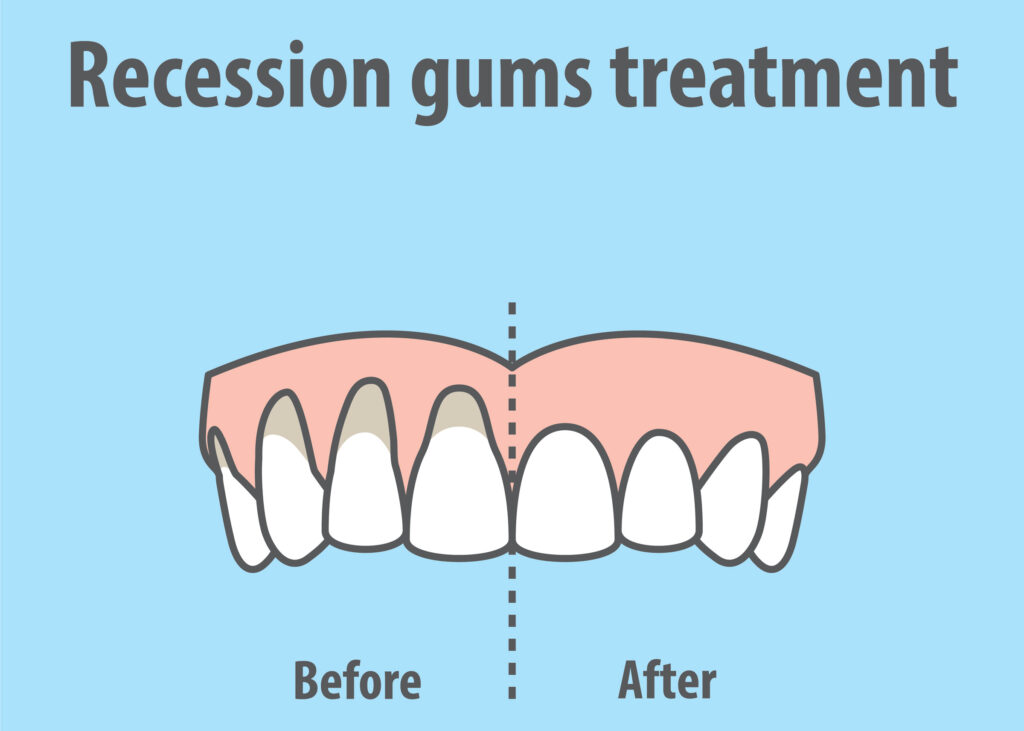
What Results Can You Expect After Gum Recession Surgery?
You will notice the healing effects within the first week, but it usually takes up to several months after the surgery for the results to completely show.
What Are The Risks Of Having A Gum Graft?
Like any other surgical procedure, gum recession surgery has some risks, the most significant of which being less than ideal results. You may need to repeat the procedure to get the desired outcome. There is also a chance that the treated site may be painful for weeks. Your receding gums will take a while grow back; meanwhile, there are things you can do to improve your oral appearance.
You can stop your gum recession from progressing or prevent your gums from receding by scheduling regular check-ups. Therefore, if you are looking for a qualified dentist to care for your oral health, our attentive staff has a lot to offer. If you are worried about the health of your gums, or it has been challenging for you to take proper care of them, do not hesitate to contact us at Aria Dental.
